By far the most utilised and requested gem for a jewel, it owes its name to the ancient Greek word “Adámas”, meaning invincible, indomitable, indestructible. The origin of its name reflects the extraordinary hardness of this material (the hardest on the face of the earth), which can only be scratched by another diamond. Precisely for this characteristic, the diamond has always been associated with the concept of eternity, and for this reason it is used to mark life’s most important occasions such as births, engagements, weddings, and anniversaries.
In 1953, the Gemological Institute of America (GIA) developed the first globally accepted standard to classify diamonds by evaluating four characteristics: COLOUR, CLARITY, CUT, and CARAT WEIGHT.
Today, the 4Cs of diamonds are the universal language for evaluating the quality of any diamond anywhere in the world.
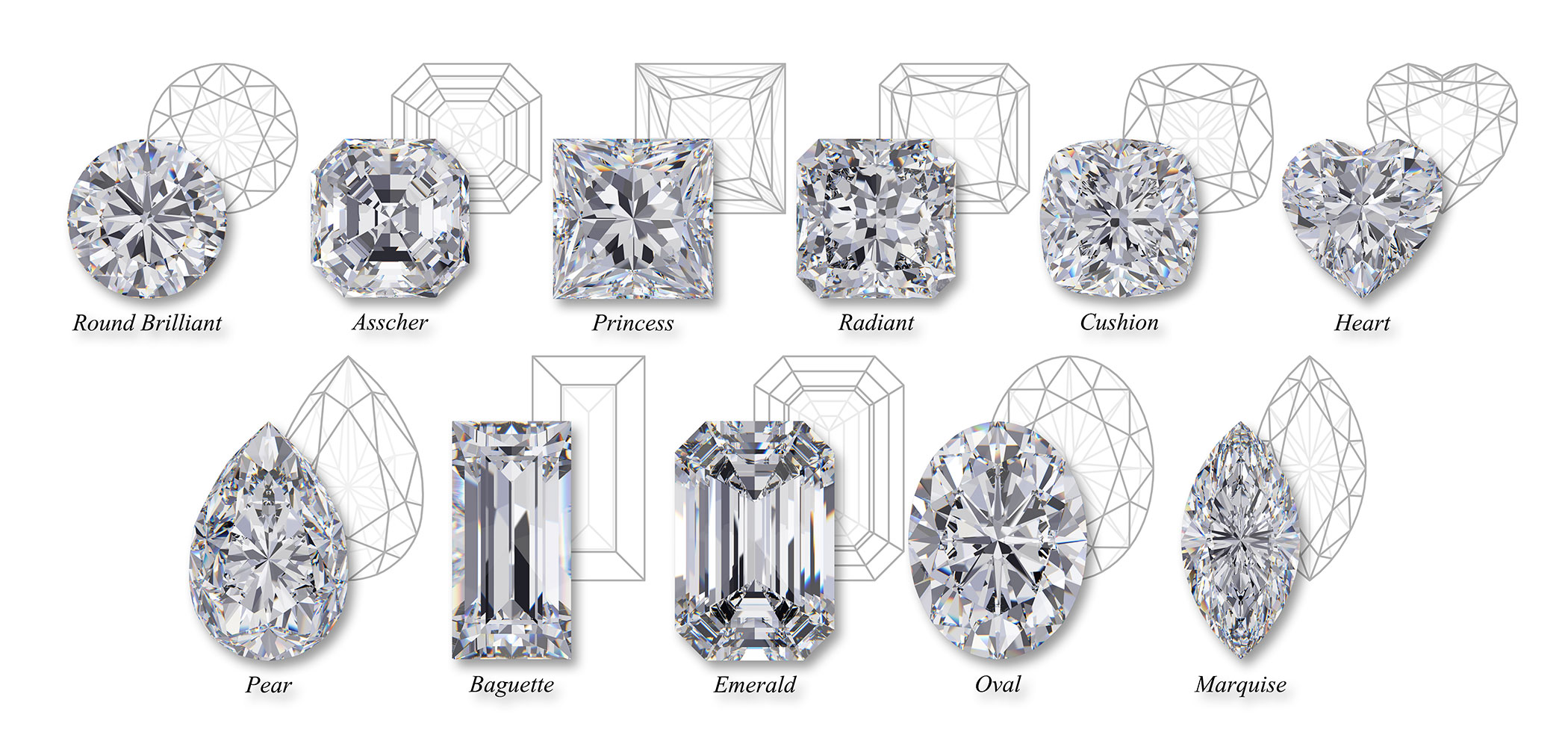
A diamond is classified to determine its relative absence of colour based on a colour scale ranging from D (colourless) to Z (light yellow or brown).
GIA assigns a colour grade by comparing each diamond to a master set in a highly controlled lighting and observation environment.
Colour variation is a fundamental element of the diamond. Since the most common colour of diamonds in nature is light brown-yellow, the more colourless a diamond is, the higher its value and rarity. Although many diamonds may appear colourless to the untrained eye, many stones have a slight yellow or brown tint. Even the smallest shade of colour can significantly alter a diamond’s value.

This parameter takes into account the internal characteristics (inclusions) and surface characteristics (imperfections) of a diamond observed at 10X magnification.
The number, position, type, colour, and presence of internal inclusions and external aspects of a diamond determine its level of purity. The diamond has the highest degree of purity if it has no inclusions or imperfections visible at 10x magnification.
There are very few diamonds that are completely free of imperfections: most diamonds have natural inclusions that are invisible to the naked eye and do not preclude their beauty.

This parameter refers to the proportions of cuts, not the shape. The cut of a diamond increases its ability to capture and reflect light to showcase all of its splendour and brilliance. To achieve perfection, the gemcutter masterfully applies precise formulas and proportions that define every facet and corner of the stone. The same attention is given to the symmetry, polishing, and proportions of the cut diamond to achieve a harmonious overall appearance. In this way, the diamond becomes an authentic light dispersion mirror, attaining maximum brilliance and value. The cut is rated on a scale from Excellent to Poor and incorporates parameters such as brightness, fire, scintillation, polish, and symmetry of the stone. The cut quality grade is only rated for round brilliant diamonds within the D to Z colour range.

The carat is the unit of weight measurement of a diamond. The size of a diamond can increase its value and rarity, however its prestige is not the same if this characteristic is not accompanied by a good gradation of colour and purity, and a cut with adequate proportions. Two stones with the same carat weight can have a very different value based on the other characteristics that compose them. However, size clearly affects the value of a diamond, as large stones are rarer than small ones.
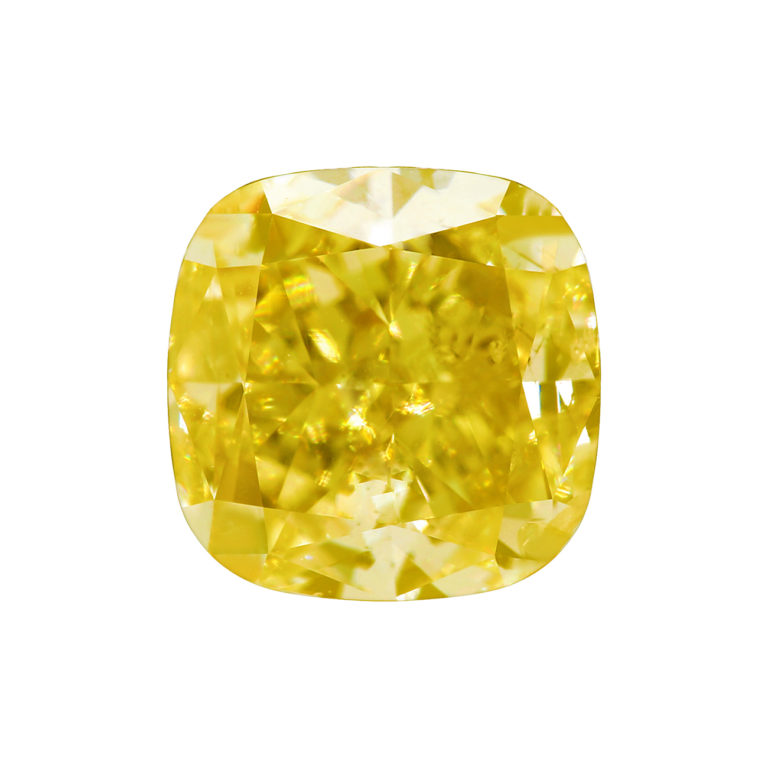

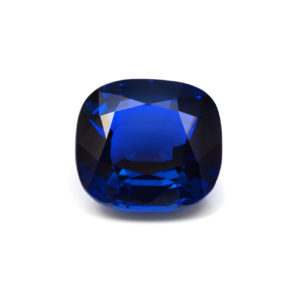

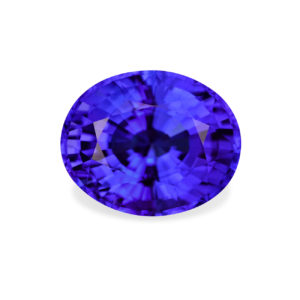
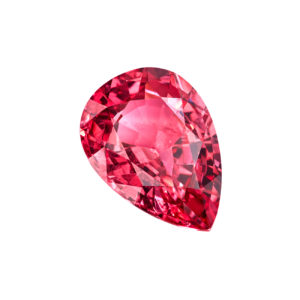
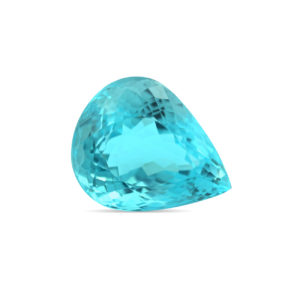
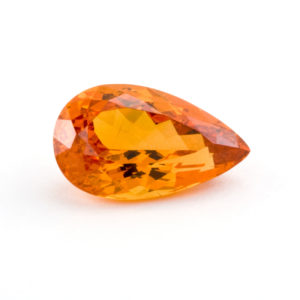
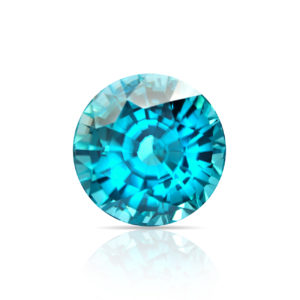
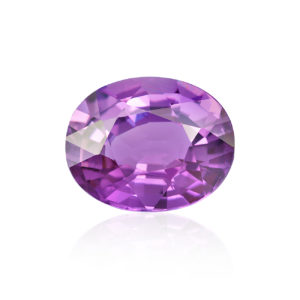
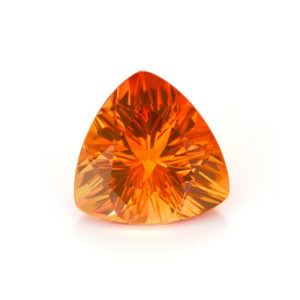
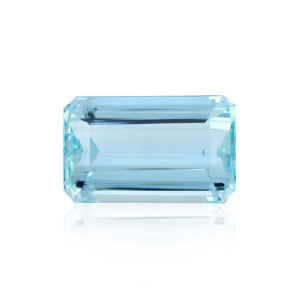
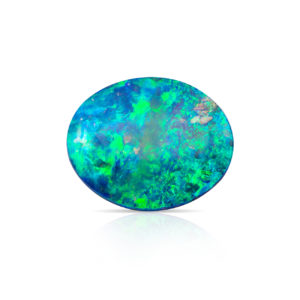
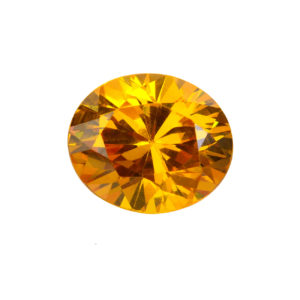
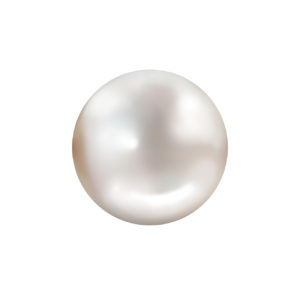
LORINI GIOIELLI
by Lorini Mauro
Via Don Luigi Sturzo 198/2,
52100, Arezzo
Tel: +39 3343687361
Fiscal Code.: LRNMRA61C06A390K
VAT Number: 01481270518

La richiesta è stata inviata correttamente.